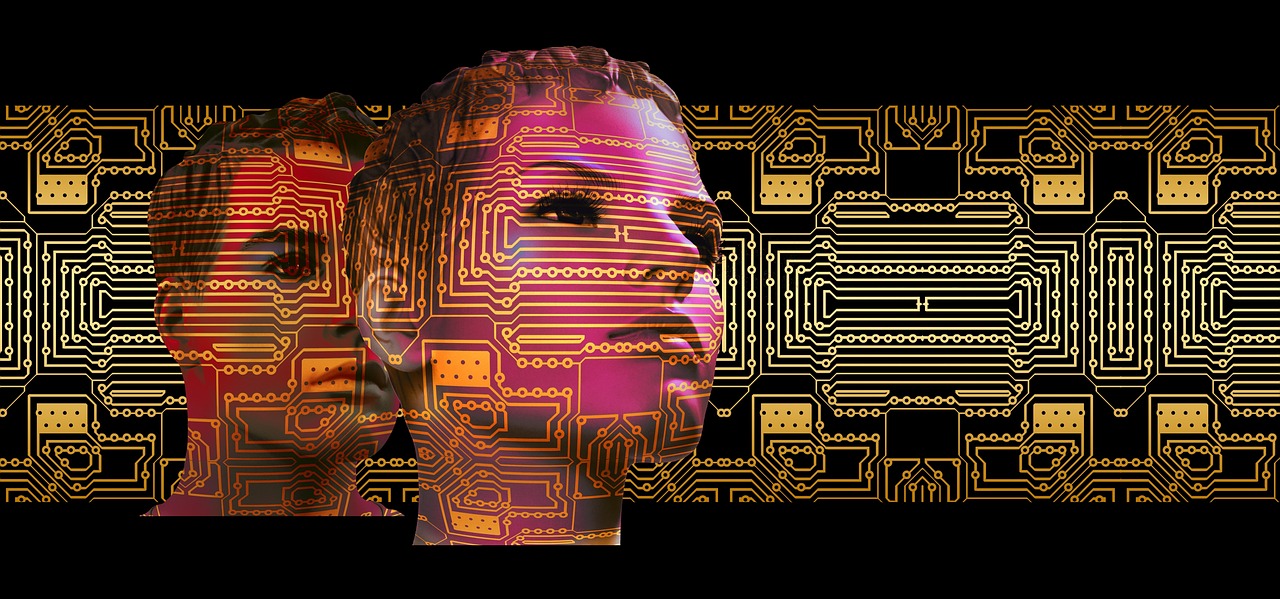Introduction to World of Human Augmentation
World of Human Augmentation , once relegated to the realm of science fiction, is rapidly becoming a reality. Through advances in technology and medical science, we are on the brink of a new era where human beings can enhance their physical and cognitive abilities. In this blog, we will explore the captivating world of human augmentation, the current state of this technology, its potential applications, and the ethical considerations it raises.
The Rise of Human Augmentation
Human augmentation refers to the use of technology and science to improve or enhance human abilities beyond what is considered “normal.” It encompasses a wide range of enhancements, from prosthetic limbs and brain-computer interfaces to genetic engineering and wearable technology.
Prosthetics and Bionics
One of the most well-established fields of human augmentation is prosthetics and bionics. Advanced prosthetic limbs, controlled by neural interfaces, are giving amputees the ability to regain lost functionality and even experience sensations through their artificial limbs. These breakthroughs are changing lives and offering new hope to those who have experienced physical trauma.
Brain-Computer Interfaces
Brain-computer interfaces (BCIs) are another groundbreaking technology that allows direct communication between the brain and external devices. BCIs have the potential to help people with paralysis regain mobility, control digital devices with their thoughts, and even enhance cognitive capabilities. Elon Musk’s Neuralink and similar ventures are leading the way in this field.
Genetic Engineering
Advances in genetics are also opening doors to human augmentation. Genetic engineering could allow for the modification of human DNA to eliminate hereditary diseases, enhance physical attributes, and potentially even improve cognitive abilities. While this field is in its infancy, it holds great promise.
Wearable Technology
Wearable technology, such as smart glasses and smartwatches, is already a part of our daily lives. However, as technology improves, wearables are becoming more integrated with our bodies, offering real-time data and augmenting our sensory experiences. These devices are enhancing human capabilities, from fitness tracking to augmented reality applications.
Ethical Considerations
The rise of human augmentation is not without its ethical concerns. Questions about consent, privacy, and the potential for creating a societal divide between augmented and non-augmented individuals are all valid. It’s crucial to establish ethical frameworks that ensure the responsible development and use of augmentation technologies.
The Future of Human Augmentation
The field of human augmentation is still in its infancy, but it holds immense potential. As technology continues to advance, we can expect further breakthroughs in the augmentation of human capabilities. From enabling those with disabilities to lead fuller lives to potentially enhancing human abilities beyond our current limits, the future is bright and full of possibilities.
Conclusion of World of Human Augmentation
Human augmentation is a frontier that is redefining what it means to be human. It offers a path to enhancing our physical and cognitive abilities, making science fiction dreams a reality. However, with great power comes great responsibility, and we must navigate this uncharted territory with care, consideration, and a commitment to ethical principles. The fascinating world of human augmentation is upon us, and it has the potential to revolutionize humanity in ways we’ve never before imagined. As we continue to explore and develop these technologies, we must ensure that the benefits are shared equitably and that the ethical considerations are addressed at every step.





